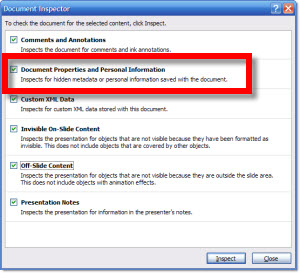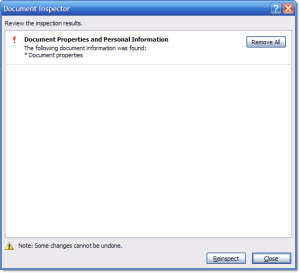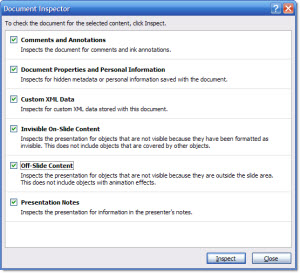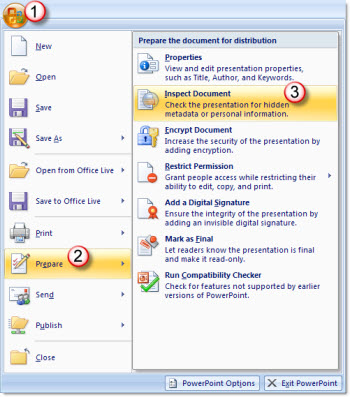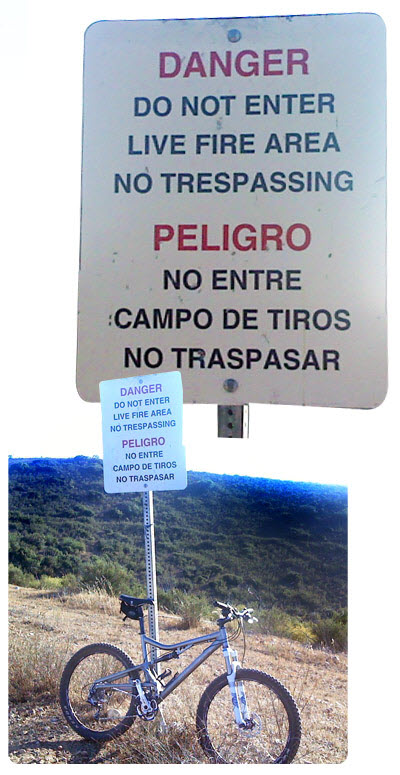I work with PowerPoint on a daily basis and I am very honored to be a Microsoft PowerPoint MVP. We have a talented team of presentation designers at TLC Creative Services and ThePowerPointBlog is our area to highlight PowerPoint tips, tricks, examples and tutorials. Enjoy! Troy Chollar
Inspect Document (Advanced File Properties)
In PowerPoint 2007 the document properties are divided into 2 views. Yesterday’s post showed the new properties view that is easy to use, integrated into the user interface and displays the personal information that can be sent out with a presentation.
But the ‘old’ file properties are still there. To open, click the DOCUMENT PROPERTIES button in the upper left of the properties ribbon. Now we see the same properties window that has been with PowerPoint for a number of versions.

The tab I focus on is the STATISTICS information. And the LAST SAVED BY, REVISION NUMBER, TOTAL EDITING TIME are the information I generally want to clear out.
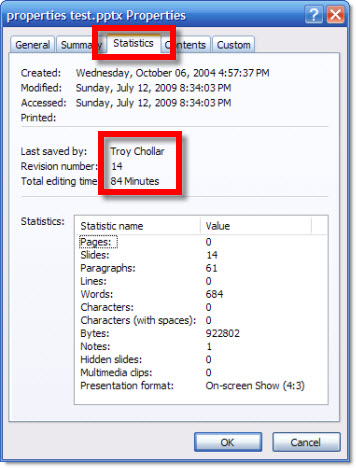
After clearing the Document properties those 3 things are are all clear!
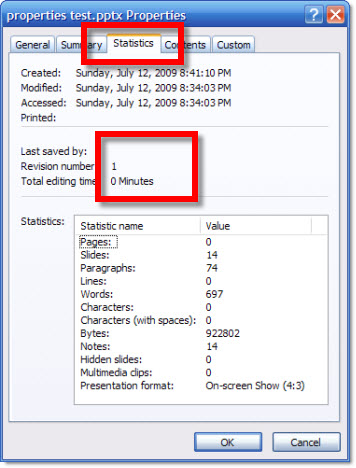
Finally, if running an earlier version of PowerPoint (eg. XP or 2003) I have used for many years the add-in Shyam’s Toolbox which among its many tools is a clear properties function.
– Troy @ TLC

